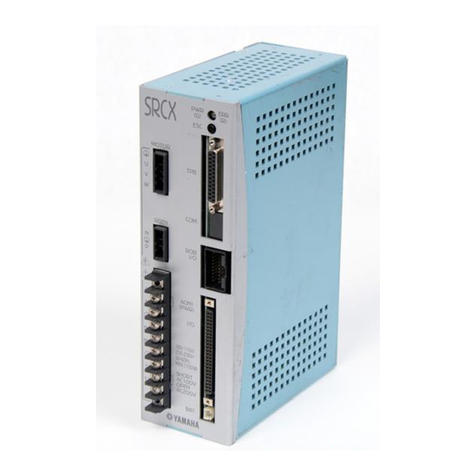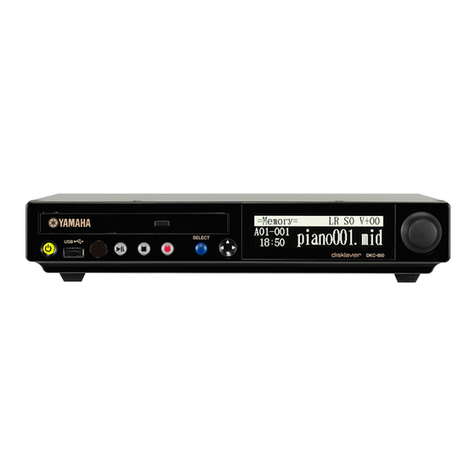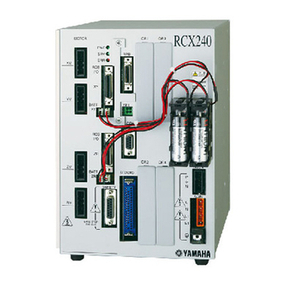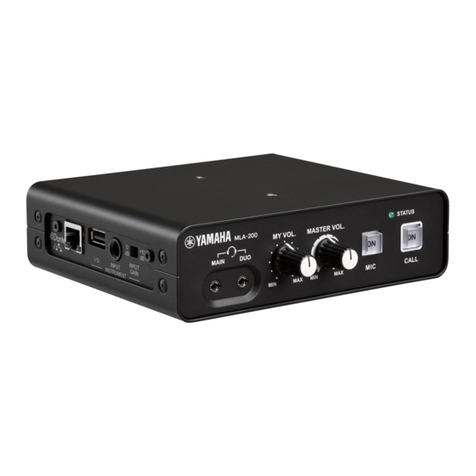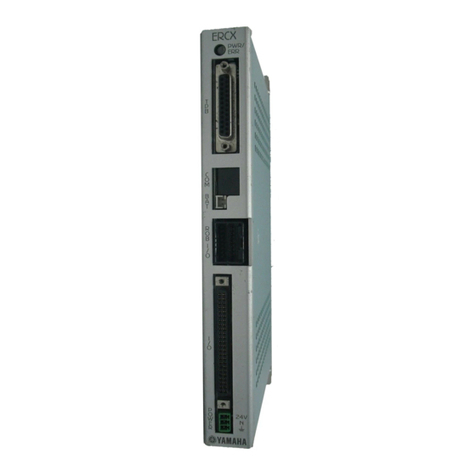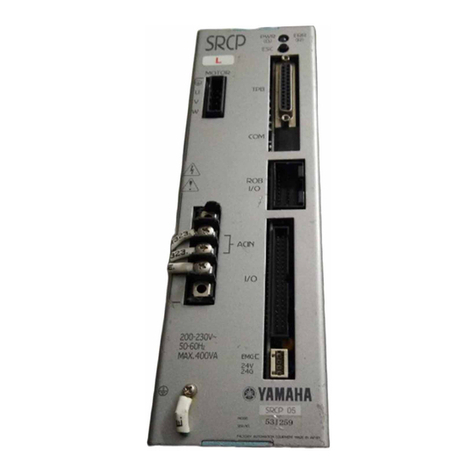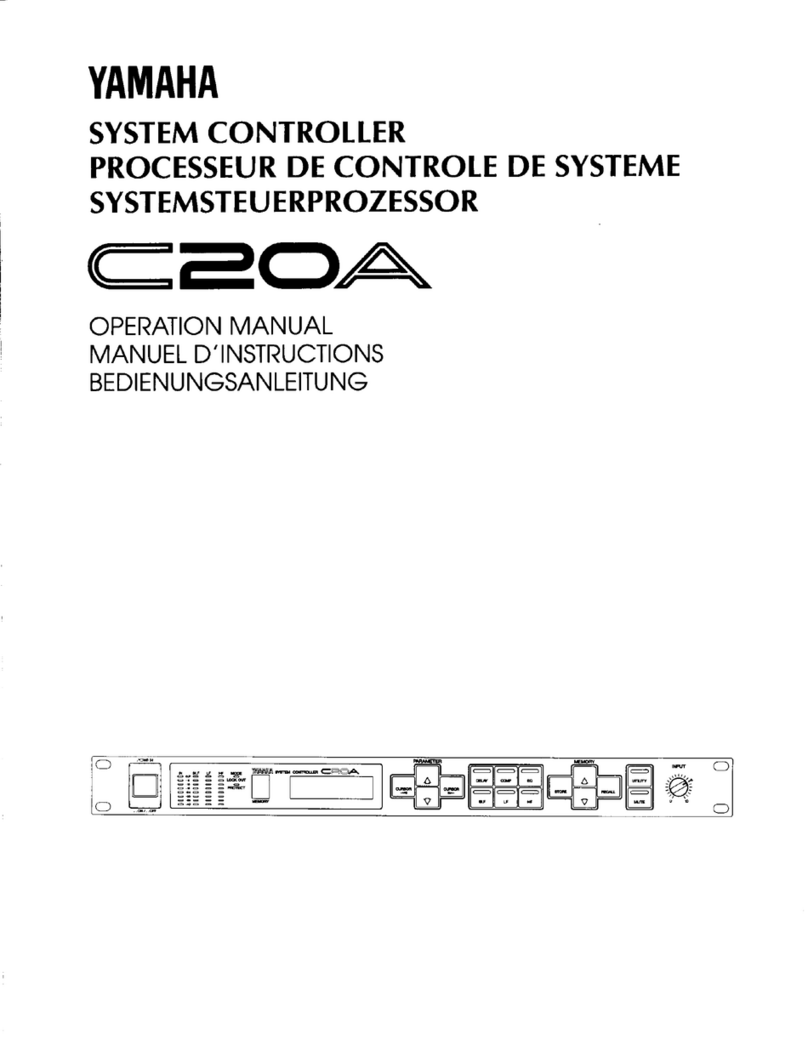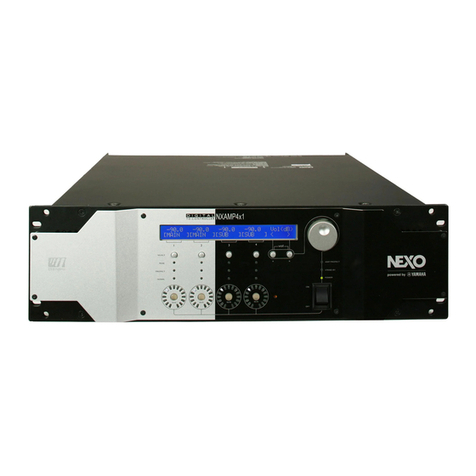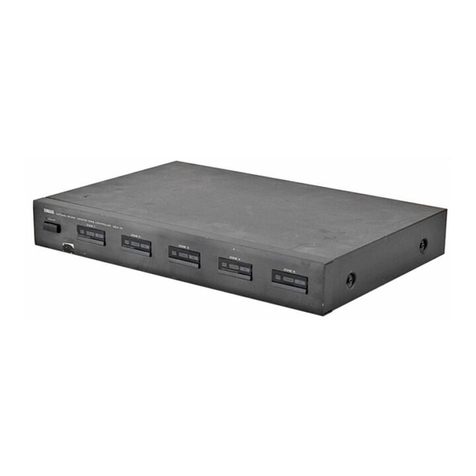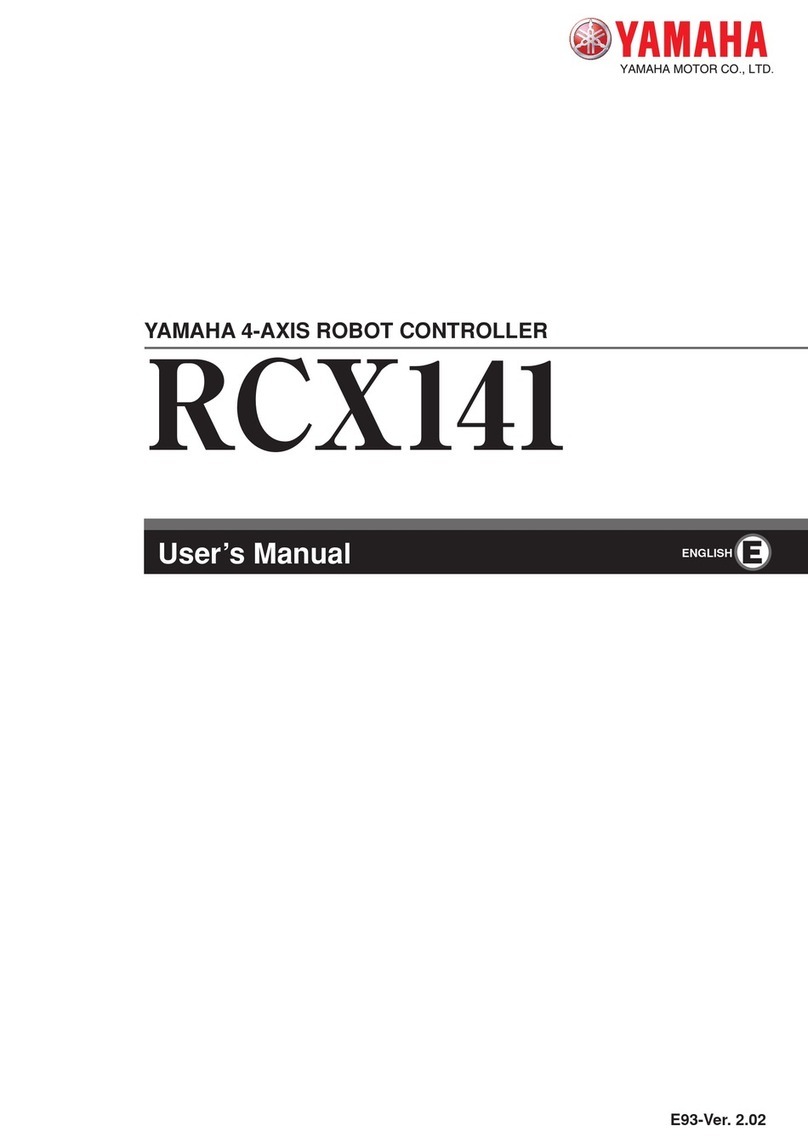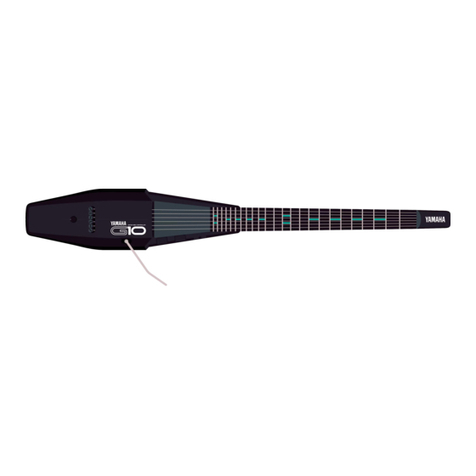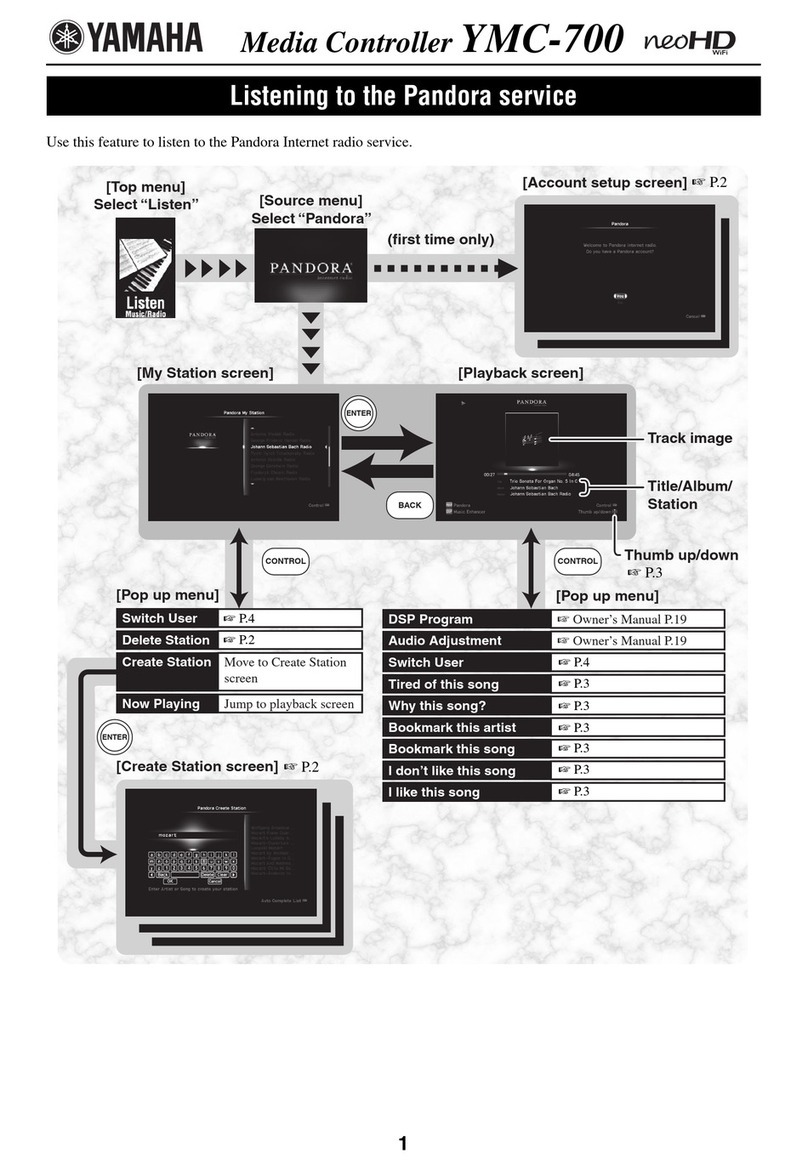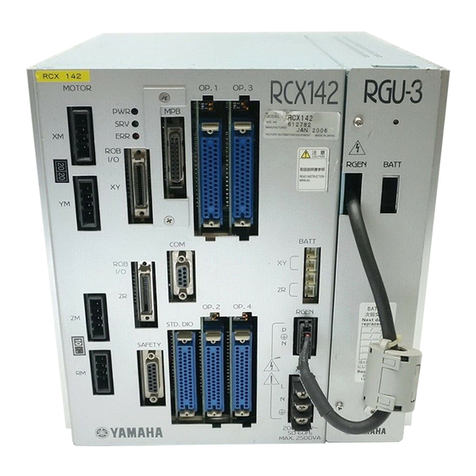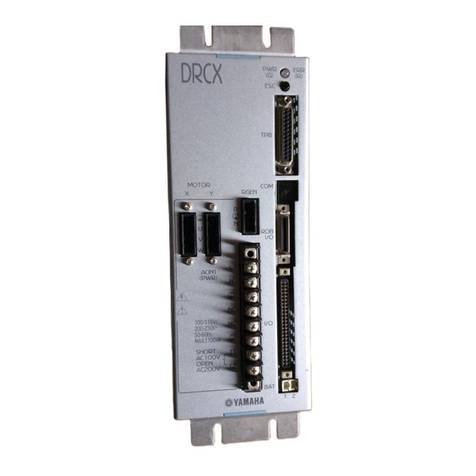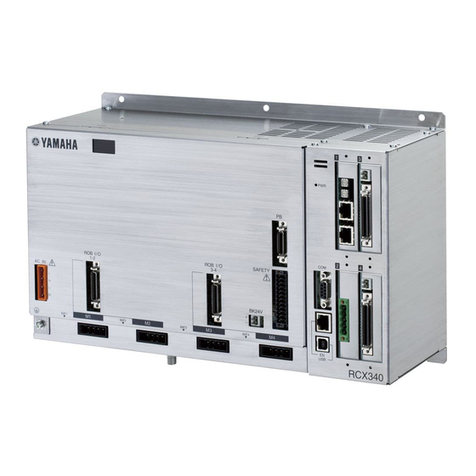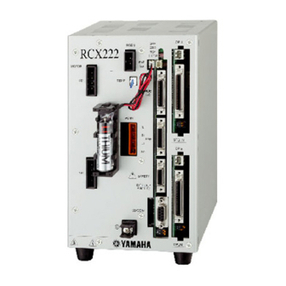
i
Introduction
Introduction
Thank you for purchasing the TS-P Controller (hereafter referred to simply as
"Controller"). Please read this manual carefully to ensure correct and safe use of this
controller.
Main functions
Function Explanation Reference Section
Positioning
operation
Moves the robot slider to the specified position.
There are 4 types of position operation:
1. Positioning operation Section 5.3
"Positioning operation".
2. Positioning merge operation
Section 5.3.3
"Positioning merge
operation".
3. Push operation Section 5.3.4
"Push operation".
4. Decel. Push Section 5.3.5
"Deceleration push operation".
*Positioning can be specified in an "absolute
position" or "relative position" format.
Point data
Specifies the slider position (point).
Up to 255 points of point data can be handled.
Each point includes the following elements:
RUN Type, Position, Speed, Accel., Decel., Push
Force, Zone (-), Zone (+), Near Width (In-Position
Zone), Jump, Flag, Timer.
Section 3.2
"Point data".
Point table type
setting
The "point data type" setting can be selected as
"Standard setting" or "Custom setting". This is
possible only from the support software.
Section 3.2
"Point data".
Origin search Performs an origin search (return-to-origin)
simply by entering a return-to-origin command.
Section 5.1
"Operation procedure".
Section 5.2
"Origin search".
JOG operation
and current
position teaching
Robot JOG operation and current position teaching
can be performed from the host controller.
Section 5.3
"Positioning operation".
Soft limit
function
Sets the robot's movement range. This function is used
to avoid collisions, etc., when obstacles are present.
Section 5.7.1
"Soft limit function"
Output function
The following statuses can be selected and output
to the host controller.
Point No. output, alarm No. output, zone output,
personal zone output, near output (in-position
zone output), push status, origin return completion
status, warning output, movement-in-progress
output, manual mode status.
Section 4.3
"I/O signal details".
Alarm history
Saves up to 50 of the most recent alarms. The
following elements are saved:
Cause, start time, position, speed, operation status,
operation point, elec. current, voltage, input, output.
Section 6.2
"Alarm recording function".
Operation modes
Exclusive I/O and communication control is possible.
Section 5.6
"Operation modes".
Support tools
HT1 (Handy Terminal)
Offers point and parameter data editing/
monitoring functions.
TS-Manager (PC software for Windows)
Support software for data designing,
debugging, maintenance, and management.
TS-Monitor (LCD monitor)
LCD monitor integrated with the controller
main body that displays the various statuses,
current position, and alarm information.
HT1 Operation Guide
Section 5.8
"TS-Monitor (Option)"
